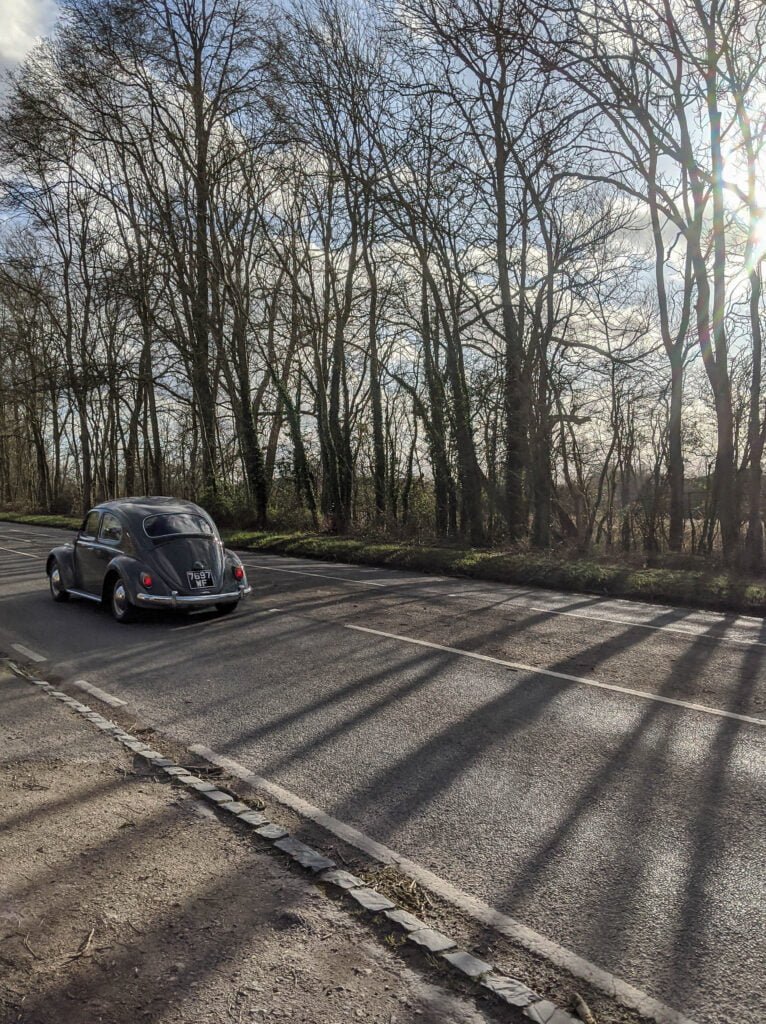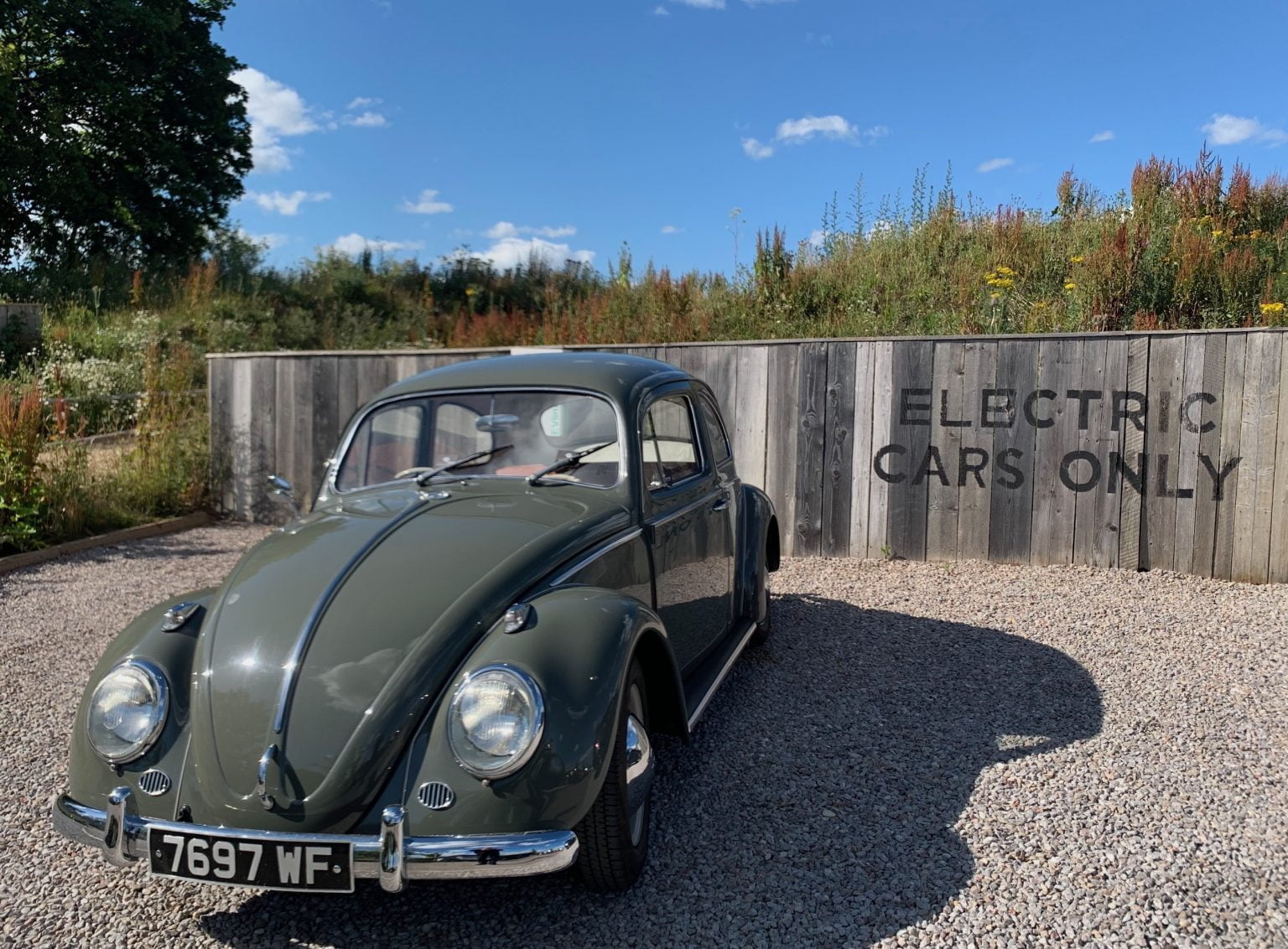Charging is one of Electrogenic’s specialisms, and we sell our charge systems to other conversion companies because the commercially available ones are not as good. It’s a complex area though and one we are frequently asked about. This article looks at what is going on in the battery when you charge it, and what that means for our customers. And apologies for length, but any shorter and you would only have more questions…
It would be fair to say that the customers that worry about range tend to be those that have not owned an EV before. Most journeys are only local and the vast majority of EV charging is done at home – you plug your car in overnight, just like your phone. If you want to do bigger trips however, charging faster will enable you to travel further in a day – or conversely save money by having a smaller battery pack.
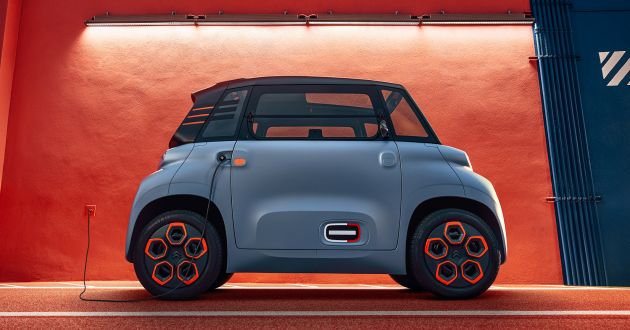
It’s all down to chemistry
Charging speeds depend on the type and amount of electricity available at the point of delivery, what charging kit you have in your electric car and the size of your battery. There are broadly three categories at the point-of-delivery:
- “Rapid” chargers that deliver 43kW AC and 50, 100, 150 or even 350kW DC
- “Fast” chargers that deliver 7 or 22kW AC
- “Slow” chargers of 3-6kW, which includes charging at home (2.3kW) and plugging into street lights (5.5kW)
Your batteries store Direct Current, while the electricity delivered from the national grid is Alternating Current (AC). This means that before the electricity from the grid can charge up your batteries it needs to be transformed into DC. AC-DC transformers can be very efficient (>95%), but the large currents and power involved makes even a 5% loss a lot of heat that has to be dealt with. In an AC charger, this transformation happens in your car, where the ability to get rid of large amounts of waste heat is limited. In DC chargers it happens in the charge point, which is better able to reject waste heat, which is why DC chargers can provide more power. However just because power can be delivered does not mean it can be used.
The speed at which each cell in your battery pack can charge is limited by chemistry. For each battery chemistry there is a maximum charge (and discharge) current beyond it will heat up too much and reduce its life. Electric vehicle manufacturers have two basic strategies for this:
- remove the heat with a cooling system in the batteries, so you can dance closer to the edge, and
- increase the car’s operating voltage: power = volts times amps, so increasing the volts means that over a given period you can pour in more power for the same maximum current.
Charging Lithium-based batteries is not linear either. If you fully discharge a Li battery, you will destroy it. So most cars won’t let you use the last 5-10%. For most of the charging period – up to about 80% of charge – you are limited by current, so for any given charge current, charging strategies focus on the current/heat balance (current generates heat). For the last 10-20%, the battery chemistry starts limiting the current it can accept and as you get closer to the maximum battery voltage (batteries gain voltage as they charge) charging slows down dramatically. You can’t force it to try and maintain the pace, because over-voltage will destroy the battery. That’s why you often see rapid charging marketed as e.g. “40 minutes up to 80% of full charge”. The part that is not stated, is that the last 20% can take several hours.
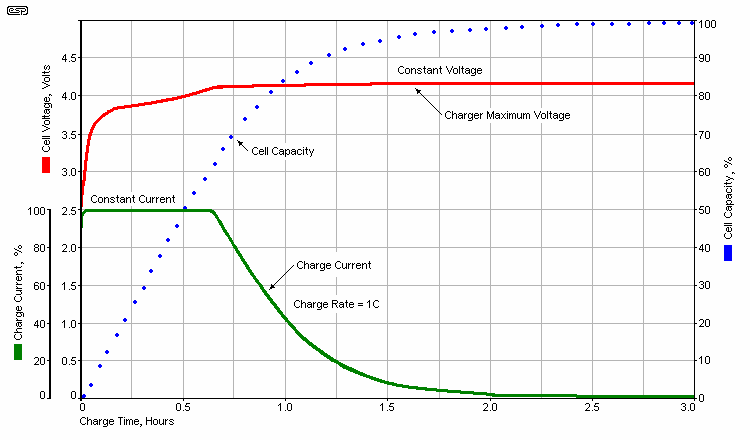
What do the big car companies do?
There are only a very few electric vehicles that say they charge to 80% in 40 mins or so, and even fewer that actually do. Tesla runs at 350V and achieves its fast charge time at its 150kW super-chargers by having a) a sophisticated cooling system that runs through the batteries, and b) a VERY sophisticated control system that pulses charge into the batteries so as to push them as hard as possible. No other manufacturer has a charge system as sophisticated as this, and you can expect Tesla’s headline charge times to be actually delivered in practice.
The Jaguar iPace runs at 400V, and says you can add 75 miles in 15 mins at a 100kW charger. This is probably true, but, a) there are very few 100kW chargers around and b) you can’t charge at this rate for more than about 15 mins (we are back to battery chemistry here), so you can’t extrapolate to get a time for a full recharge – and Jaguar isn’t telling you everything, but to be fair, neither do most manufacturers.
The Porsche Taycan reduces charge times by running at 800V. Porsche is more straightforward about charge times. It quotes a full recharge (i.e. from 5 to 80% of battery capacity) at a 50kW charger of 93 mins. Faster than this requires an Ionity charger, but there aren’t many of those – eg. there are 8 Ionity charge points in the UK, and all are on motorways.
So what about my R-EV?
At Electrogenic we install systems at 110V, 144V, 350V and 400V, depending on the powertrain design required to deliver what the customer wants. Unless we add cooling systems to the batteries, at 110V the maximum charge rate we can practically use is 22kW, and at 400V it is 43kW (back to chemistry again). Battery cooling systems are expensive and an additional maintenance item, so most customers ask themselves “do I really need this?”.
At 22kW you can charge a 55kWh battery pack from 10% to 80% in about 2.5 hours at 25 degrees Celcius (yes, battery performance depends on ambient temperatures too). This is the same thing as taking 40 minutes to add about +50 miles for a medium-sized car like a VW Beetle. On the flip side, 22kW of charge capacity weighs 25kg and costs around £3,000 though, so most customers don’t fit this much charge capacity.
Shifting up to a 350-400V motor will enable faster charge times, but this comes with a significantly increased cost, not just for the uprated motor and charger, but for the rest of the system too. All the connectors, fuses, breakers etc., also need to be uprated to work at the higher voltage, all of which add cost. If you want to significantly step-up in performance though, this is the way to go.
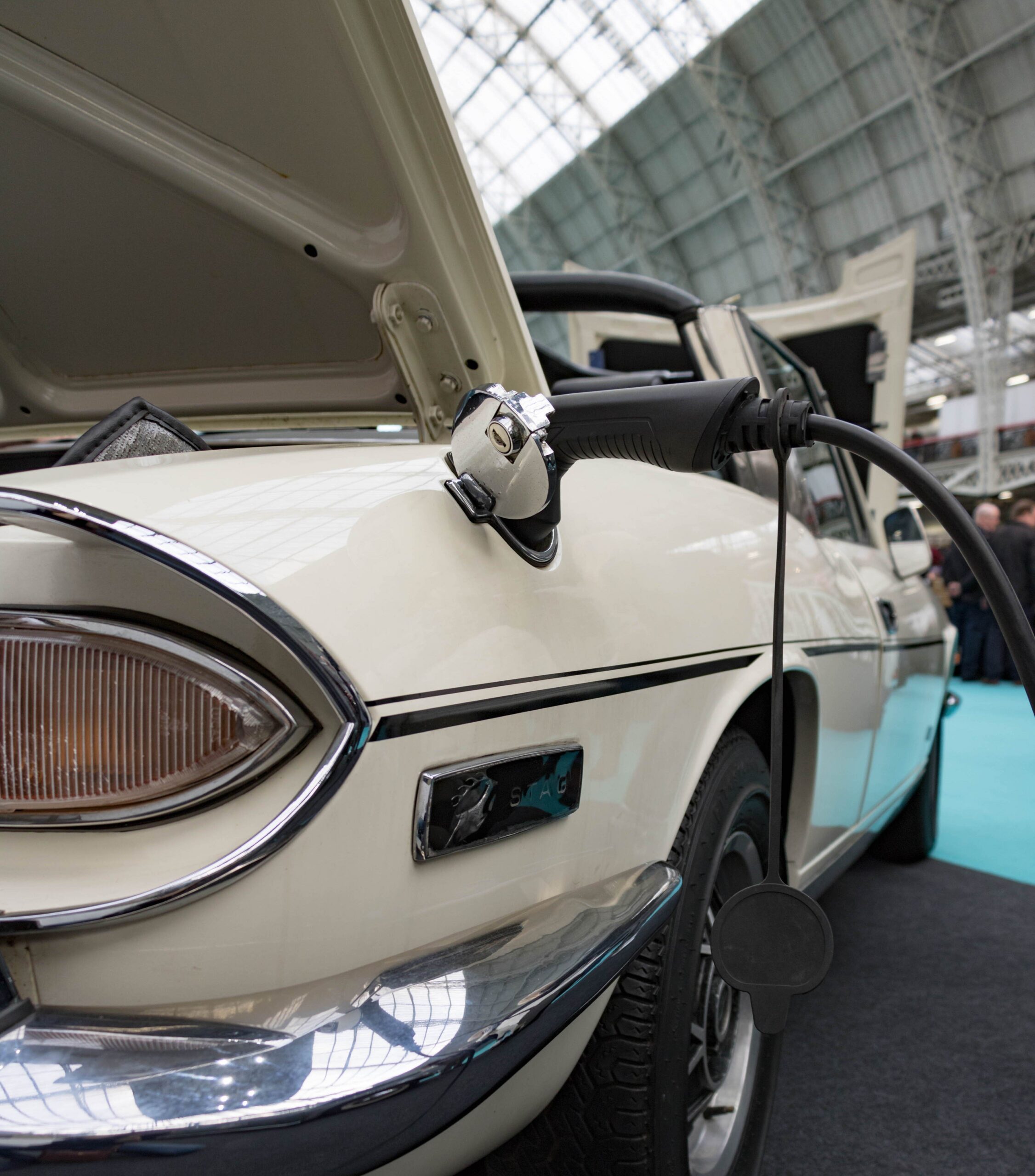
Finally, there is the possibility of different battery chemistry. Li has the best power-to-volume ratio, but other chemistries are more stable and can charge much faster. Electrogenic has some other battery chemistries driving around in its research vehicle at the moment.
And the last word?
Building a Retro-EV is all about building an electric vehicle that is in sympathy with its history and its actual intended use. Having been though all the options and considered cost, most of our customers stick with our standard on-board charging capacity of 7.5kW, or up it to 15kW. So they plug it in overnight, and if they take the occasional long trip, they have a good lunch before heading back. What’s not to like!
